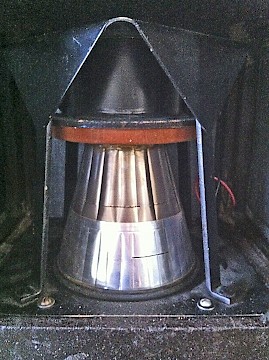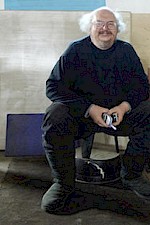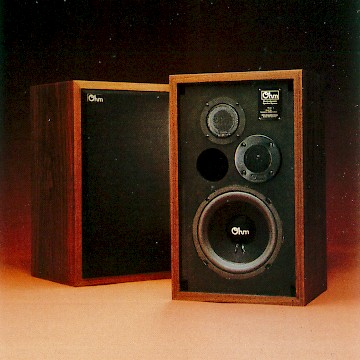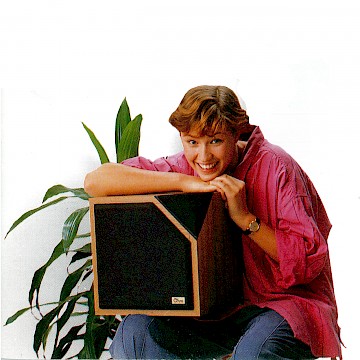We Make Loudspeakers Correctly
There are some slogans, mottoes and mission statements that through sheer repetition become part of the common language.“Things Go Better With Coke.”“Quality is Job One,” and “Have It Your Way” are but a few of the commercial statements that have infused our culture.
While by no means as ubiquitous as the trio cited above, “We Make Speakers Correctly” has defined Ohm virtually from its creation. It has been Ohm’s mission statement for over 45 years. I don’t really know the story of the origin of our motto. It may have been Marty Gersten’s and/or Peter Aczel’s brainchild.

Marty once told me that speaker design was a mixture of science and art. And in loudspeakers, the art is in the ears of the listeners. As with any art, quality are very personal opinions. Science, on the other hand, requires repeatable results by other scientists.And another thing about science is that it moves forward in big and small steps.Lincoln Walsh’s patented technology was a very big step for science that required a great deal of commercial success. We have spent that last forty years improving it with both art and science.
Most speaker designs are a combination of trade-offs to get the results the engineer/artist/designer is trying to achieve.Speakers can be tested and measured in many, many ways (frequency response, harmonic distortion, intermodulation distortion, efficiency, impedance, phase, timing, etcetera.) Many of these parameters vary with the room conditions and measurement locations. Often, one measurement suffers when another area improves. Science is both learning how to take these measurements, how to improve those measurements and which improvements are most critical to the artists’ ears.
One assumption speaker designers have made to simplify the design process is that a traditional speaker cone moves back and forth as a piston. This has several implications including that the dispersion gets narrower as you go up in frequency where the wavelength is less than the diameter of the piston. Since audible wavelengths vary from about 50 feet in the deep bass to less than an inch in the treble, it becomes necessary to have different size drivers to reproduce different frequency ranges. This adds the complexity of crossovers, which leads to more and more problems…. Walsh said to eliminate this assumption and work with the consequences. He literally turned speaker design upside down.
By listening to the back side of an upside down cone, the horizontal dispersion is perfect over the whole 360° circle. The vertical dispersion can be controlled by the shape and damping of the cone; but now we are moving away from science and into art.
A.N. Thiele’s of a woofer and cabinet combination provided the foundation to switch from art to science in vented enclosures.Ohm was one of the earliest producers of optimally vented systems. The Ohm G, H, I, K and L all benefited by having smaller cabinet, deeper bass, higher output or a combination of the three.They did require a major art contribution to the overall success of the systems.
Subscribe to Ohm News & Views to get the latest posts in your inbox
With conventional box speakers, the shape of the cabinet and the placement of the tweeter have major effects on the naturalness and intelligibility of voices and the creation of firm soundscapes from a wide listening area.Ohm Coherent Audio Monitors with their rotating EggTweeters were the first to address these issues.The Full Room Stereo bookshelf speakers with the tweeters mounted on the top/center corner also addressed these problems.
The Walsh 2 was introduced in 1982.This patented technology, itself a big step beyond the original Walsh design, has gone through many small steps in both science and art. When enough small steps added up to a major sonic improvement, we introduced a new model.We are now on the sixth generation and the combined steps have improve depth and tightness in the bass, extended treble response with wider dispersion, more natural and intelligible voices and the widest Sweet-Sweep ever. We have learned a lot in 36 years!
It is the correct combination science and art that makes great sounding speakers and at Ohm we try to make loudspeakers correctly.
See You in Two Weeks, ‘Til Then,
Enjoy & Good Listening!
John
John Strohbeen Author
John Strohbeen was the President and Chief Engineer of Ohm Acoustics from 1978-2023.




